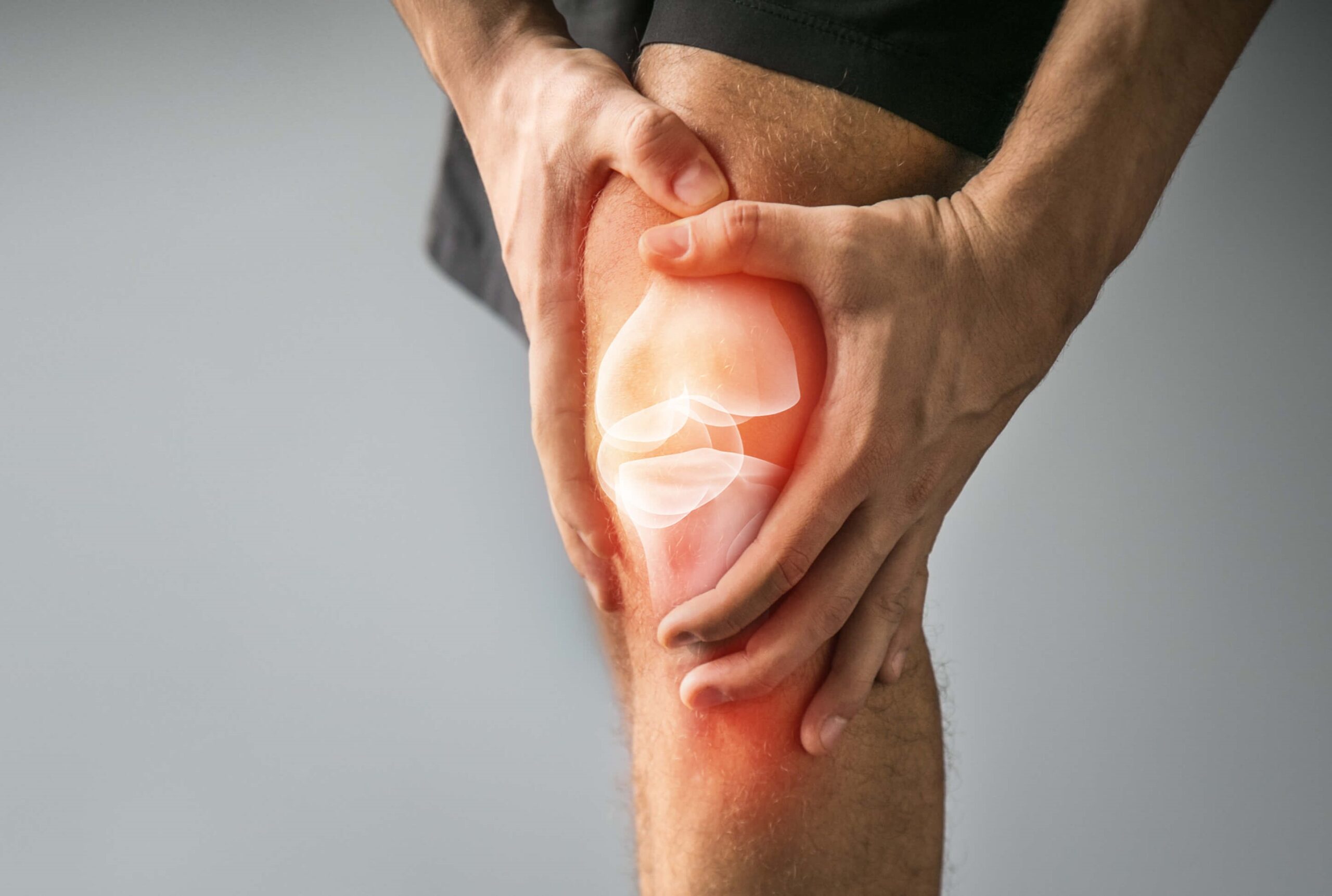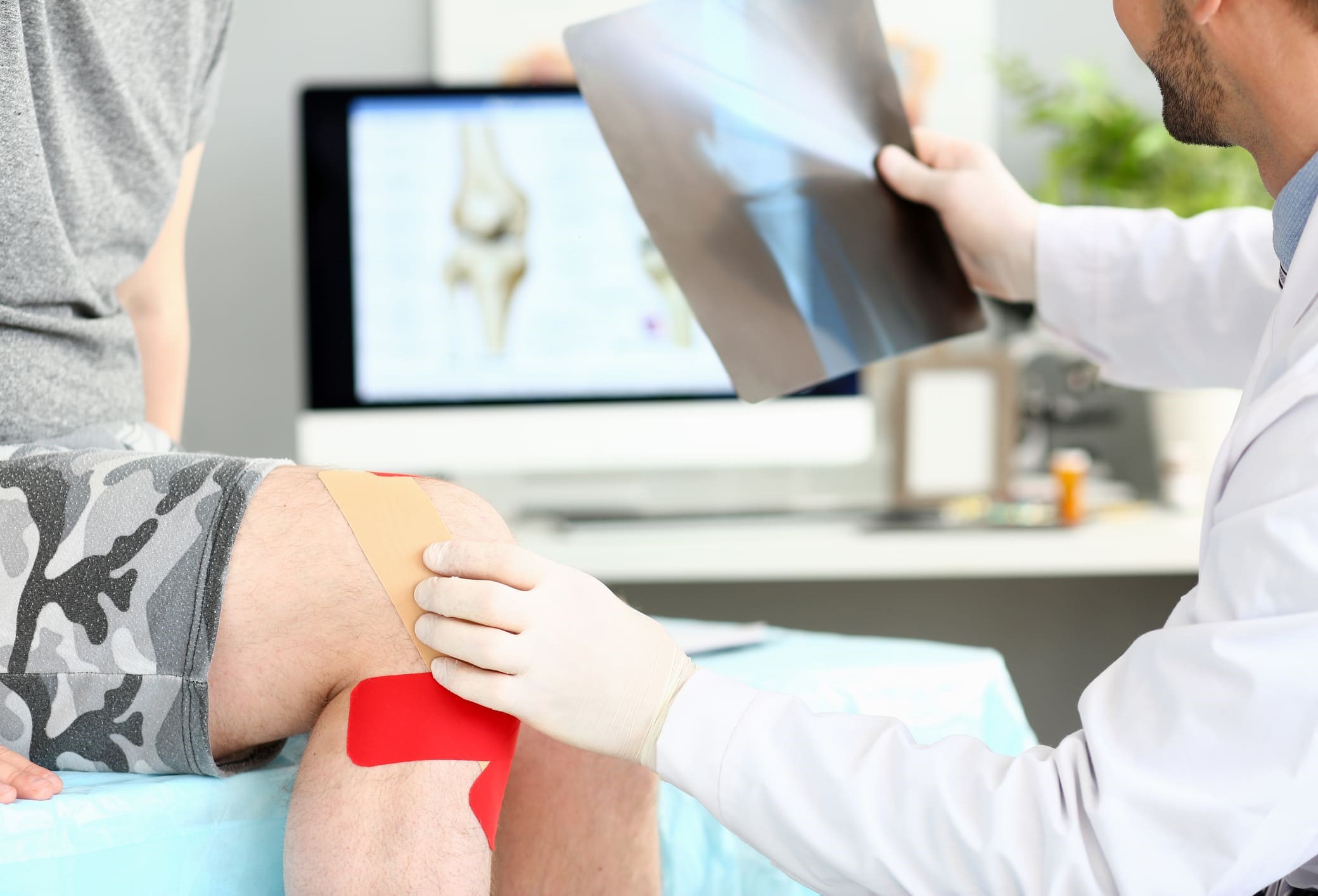Schedule An Appointment With Us
Are Your Symptoms Affecting Your Quality Of Life?
Consult our MOH-accredited orthopaedic surgeon for an accurate diagnosis & personalised treatment plan.
MBBS
MRCSEd
MMED (Ortho)
FRCSEd

Meniscus tears are injuries to the menisci, which are two pieces of C-shaped cartilage located in each knee joint. These structures provide cushioning and stability, distributing body weight evenly across the knee. Meniscus tears can vary in type, including radial, horizontal, and complex tears, each differing in severity and implications for knee function.
The injury often occurs during activities that involve twisting or turning quickly, particularly when the foot is planted and the knee is bent. This can result in a tear in the meniscus, leading to knee pain, swelling, and limited movement.
Meniscus tears arise from both traumatic incidents and degenerative processes.
These are common in active populations, particularly athletes. Sports that involve quick turns, jumps, or direct contact, such as football, basketball, and soccer, often lead to these types of injuries.
It involves a forceful twist or rotation of the knee while the foot is planted, sometimes accompanied by a sudden change in direction or speed. In younger people, whose meniscal cartilage is tougher and more resilient, force is required to produce a tear.
As individuals age, the meniscus undergoes natural wear and tear. The cartilage becomes thinner and weaker, making it more susceptible to tearing even with minor strain. Simple activities like squatting, lifting, or stepping incorrectly can result in a tear.
This type of meniscus tear is more prevalent in the older population, reflecting the cumulative effect of years of knee movement and stress.
Identifying the symptoms and signs of a meniscus tear can aid in timely diagnosis and treatment.

The process of diagnosing a meniscus tear involves a combination of clinical evaluation and imaging studies.
For many individuals with meniscus tears, non-surgical treatment can be an effective option, especially when the tear is small and the knee is stable.
Rest |
Limit activities to reduce stress on the knee joint. This may involve avoiding activities that exacerbate knee pain and swelling. |
Ice Therapy |
Applying ice to the knee can help reduce swelling and pain. This is particularly effective during the first few days post-injury. |
Medications |
Pain relievers such as acetaminophen or non-steroidal anti-inflammatory drugs (NSAIDs) can help manage pain and reduce inflammation. |
Physical Therapy |
A structured physical therapy program can strengthen the muscles around the knee, improving stability and function. Exercises are tailored to individual needs, focusing on enhancing range of motion and reducing pain. |
Surgery may be considered for meniscus tears that do not respond to non-surgical treatments, particularly in cases where the tear is large, the knee is unstable, or the individual is highly active.
Schedule An Appointment With Us
Consult our MOH-accredited orthopaedic surgeon for an accurate diagnosis & personalised treatment plan.
Preventing meniscus tears involves measures aimed at reducing the risk factors and strengthening the knee.

MBBS
MRCSEd
MMED (Ortho)
FRCSEd
With over 18 years of experience, Dr Poh Seng Yew is an orthopaedic surgeon specialising in hip, knee, shoulder and elbow surgery, sports medicine, and trauma surgery.




Weekdays: 9.00am – 5.00pm
Saturdays: 9.00am – 1.00pm
Sundays and Public Holidays: Closed
Please leave us a message, and we will be in touch with you shortly.
Common symptoms include knee pain, swelling, restricted movement, locking or catching of the knee, and a sensation of instability.
Some small meniscus tears, particularly those on the outer edges where the blood supply is better, can heal on their own with rest and conservative treatment. Larger or more complex tears often require medical intervention.
Recovery time depends on the severity of the injury. Mild meniscus injuries typically heal in 6-8 weeks, but sometimes take a few months. Knee arthroscopy recovery takes about 4-6 weeks, but may be longer if extensive repair is needed. Meniscus augmentation or transplant recovery often takes several months, up to a year for full physical activity. Knee osteotomy recovery is around 3 months, while full knee replacement takes 6 months to a year. Partial knee replacements usually recover in 4-6 weeks.
While not all meniscus tears can be prevented, risks can be reduced through regular exercise and strength training, maintaining flexibility, using proper techniques during sports, avoiding high-risk activities, and maintaining a healthy weight.
Many individuals can return to sports after a meniscus tear, though the timeline and likelihood depend on the severity of the tear, the chosen treatment, and adherence to a rehabilitation program.